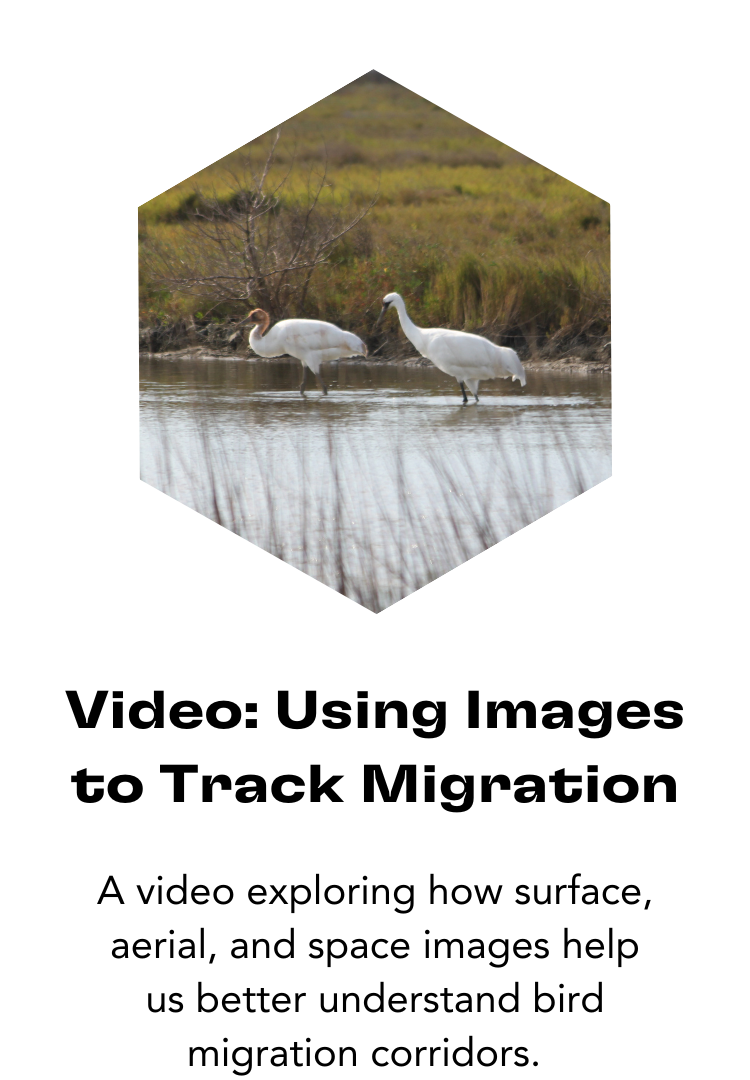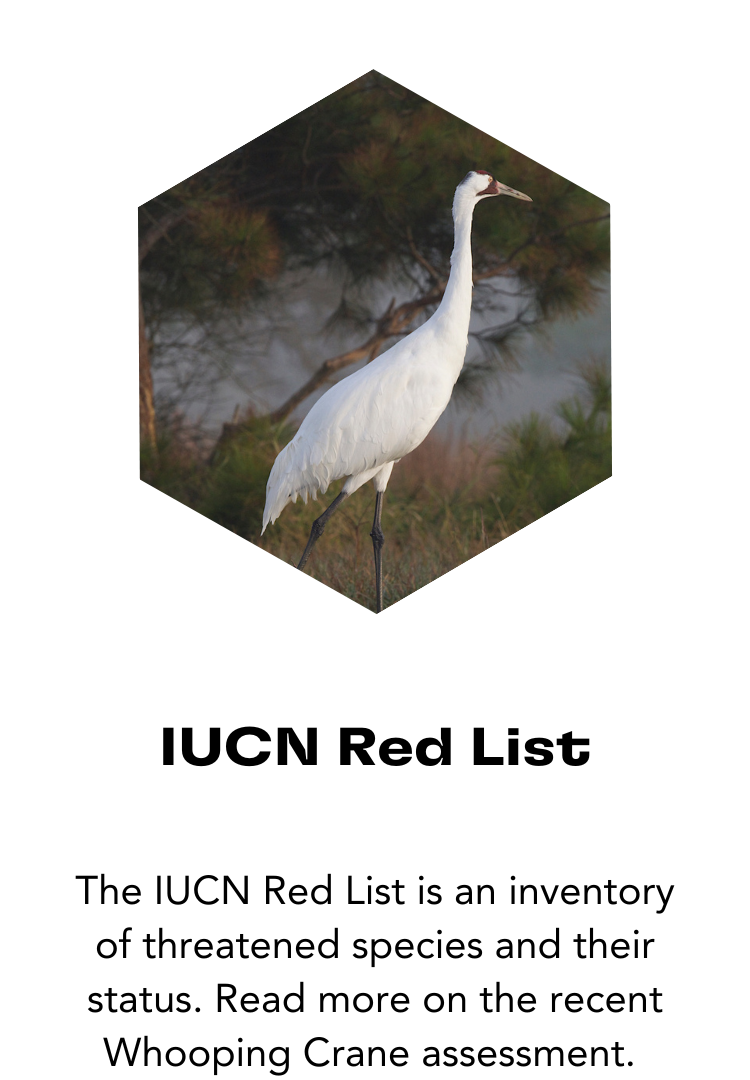
Endangered Shadows

A group of Whooping Cranes walks the Pothole region of the Canadian prairies, trailed by their shadows. Not long ago, it would be nearly impossible to see a group like this in the wild, even one of this relatively small size. In 1941, only 82 years ago, the size of the Aransas-Wood Buffalo migratory population of Whooping Cranes was estimated to be 16 birds due to severe declines from overhunting and habitat loss. Whooping Cranes were once widespread across prairie lands in the US and Canada, but were displaced from most of their natural breeding and staging habitats over the 20th century, as lakes dried up from drought and overhunting continued.
This population migrates through North America, wintering near the Texas coast in and around Aransas National Wildlife Refuge and breeding in Wood Buffalo National Park in Alberta and Northwest Territories, Canada. The Aransas-Wood Buffalo population flies for over 4200 kilometres / 2600 miles each way when they travel in both the spring and fall between their winter and summer homes. Since Whooping Cranes aren’t non-stop fliers, they make several stops to eat and rest, including in the Platte River in Nebraska, the Salt Plains in Oklahoma, and agricultural lands in several locales. In the fall, the population often stops in Saskatchewan fields to feed on grain and build fat reserves to fuel their journey to Texas. Saskatchewan was once a breeding area for Whooping Cranes, but increasingly dry conditions forced their movement.

Dr. Roberta Bondar photographs Whooping Cranes from a helicopter at Wood Buffalo National Park. © Parks Canada / JD McKinnon
The breeding grounds in the wetlands of Wood Buffalo National Park were discovered in 1954, and this source of eggs and nests sparked monitoring and captive breeding programs to revive their population numbers. Nests usually contain 2 eggs, only 1 of which typically survives. This meant that researchers could extract 1 egg to send to captive breeding facilities while the other egg had a chance to hatch in the wild. Very rarely, twin Whooping Cranes are born. The Aransas-Wood Buffalo migratory population is the last wild, self-sustaining population of Whooping Cranes, meaning it contains no individuals that were raised in captivity and later reintroduced to the wild.
Thanks to pioneering conservation efforts, this population now numbers around 500 birds. Whooping Cranes remain listed as Endangered by the IUCN (International Union for Conservation of Nature). Their survival, and the survival of many birds, is still dependent on conservation efforts to protect them from mounting environmental change, but inspiring strides have been made to protect these birds and put them on the path toward downlisting their endangered status.
Explore more below to learn about the story of Whooping Cranes conservation!




Sources
- Government of Canada: https://parks.canada.ca/pn-np/nt/woodbuffalo/nature/science_nature/Cranes_Grue
- Endangered and Threatened Species of the Platte River: https://www.researchgate.net/publication/261861615_Endangered_and_Threatened_Species_of_the_Platte_River